Quadrivalent Meningococcal Vaccine Reduces Incidence of Meningitis Among Adolescents
By Alexa Josaphouitch, /alert Contributor
December 1, 2020
Data shows that the quadrivalent meningococcal conjugate vaccine is associated with reduced disease rates in adolescents in the US. This data was published in JAMA Pediatrics.
The US Advisory Committee on Immunization Practices recommended the MenACWY vaccine for all adolescents aged 11 to 12 years in 2005, and in 2010, recommended a booster dose for adolescents aged 16 years. This cohort study analyzed surveillance data of all confirmed and probable cases of Neisseria meningitidis reported to the National Notifiable Diseases Surveillance System from 2000-2017. The statistical analysis was conducted from October 1, 2018 to August 31, 2019. 
During the pre-vaccine period from 2000-2005, the rate of meningococcal disease was 0.61 cases per 100,000 population. This decreased to a rate of 0.15 cases per 100,000 population during the post-booster dose period of 2011-2017.
In the periods after vaccine introduction, the greatest percentage decline was among adolescents aged 11 to 15 years and 16 to 22 years for serogroup C, W, and Y combined. Incidence of serogroup CWY meningococcal disease among adolescents aged 11 to 15 years decreased by 16.3% (95% CI, 12.1-20.3) annually during the pre-vaccine period and 27.8% (95% CI, 20.6-34.4) during the post-primary dose period (P = .02).
The incidence among adolescents aged 16 to 22 years decreased by 10.6% (95% CI, 6.8-14.3) annually in the post-primary dose period and 35.6% (95% CI, 29.3-41.0) annually in the post-booster dose period (P < .001).
Among those in unvaccinated age groups, the annual percentage decline in serogroup CWY disease incidence during the post-primary dose period did not change significantly compared to the pre-vaccine period. There were annual percentage reductions in serogroup CWY disease incidence in infants younger than 1 year and in adults 65 years or older during the post-booster dose period.
There were trends between reductions and coverage of the quadrivalent meningococcal vaccine per state. States that had high and medium MenACWY coverage experienced larger reductions in serogroup CWY disease incidence during the post-primary dose period compared to states with low MenACWY coverage. In states with high coverage, no cases due to serogroup CWY were observed among adolescents aged 11 to 15 years from 2011-2017. In states with low MenACWY primary dose coverage, there was no significant change in incidence reduction between time periods.
Sarah Mbaeyi, National Center for Immunization and Respiratory Diseases, and her colleagues believe that “further efforts are needed to increase MenACWY booster dose coverage among adolescents aged 16 years to achieve the full benefits of the vaccination program and to further assess the potential for herd protection of individuals in other age groups.”

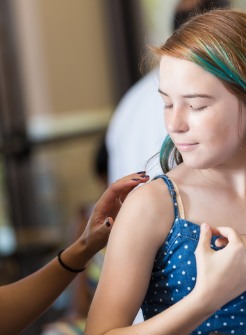

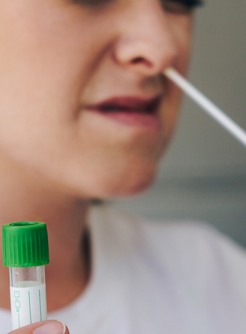
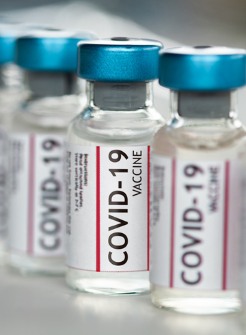

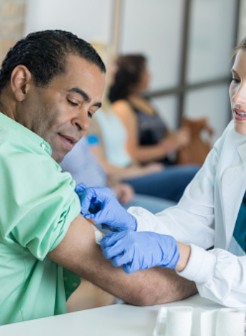
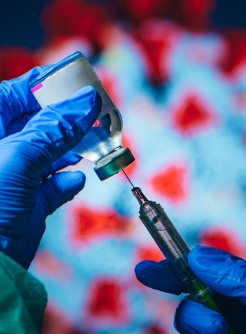
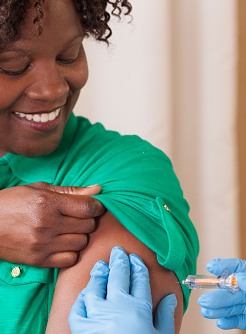

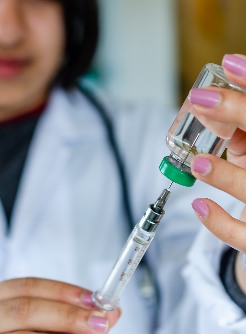
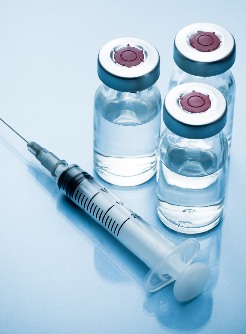




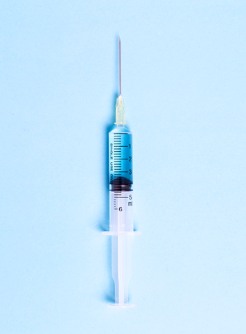
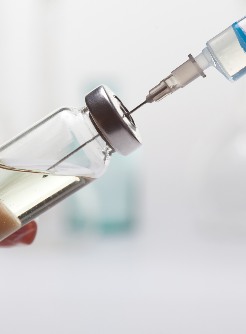
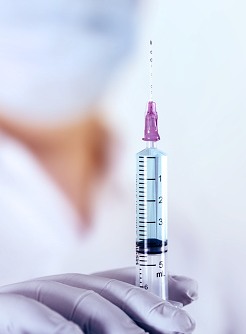
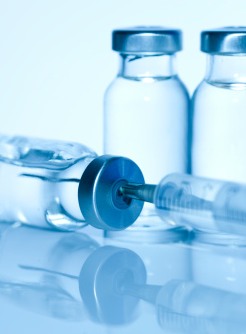


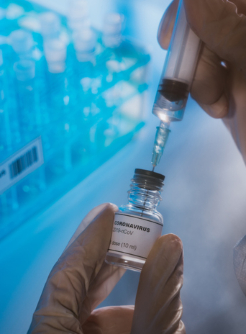
.jpg)
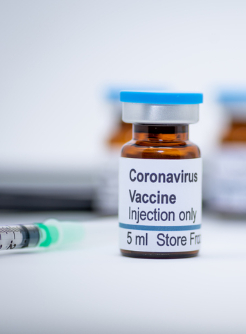

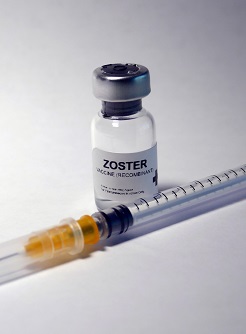
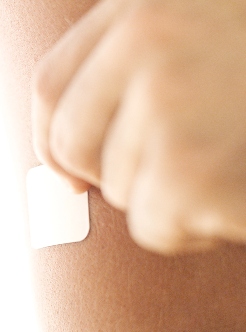
.jpg)
.jpg)
.jpg)